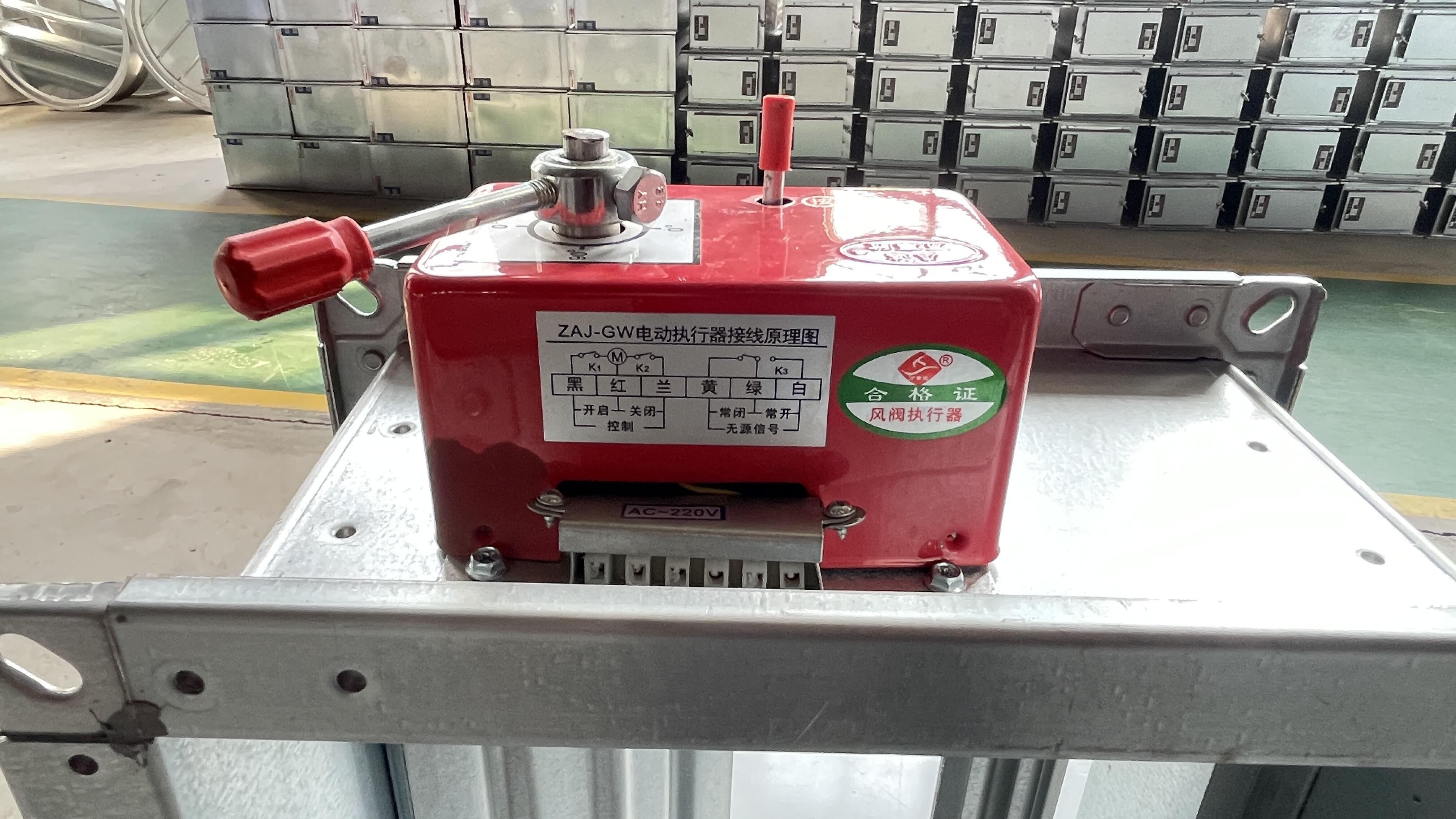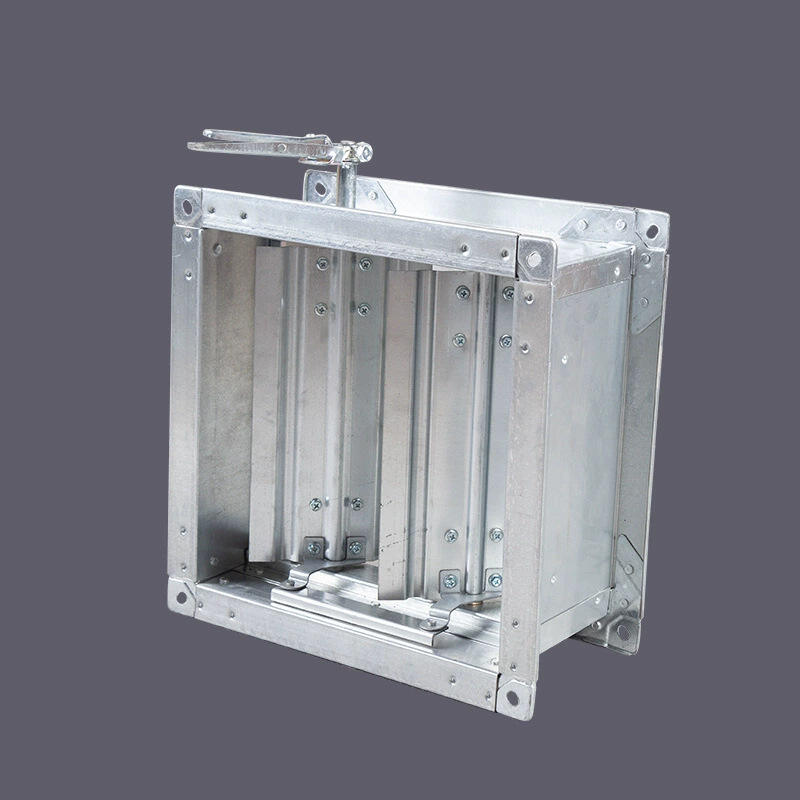
pottorff fire dampers are integral components in fire safety systems, designed to prevent the spread of fire and smoke through ductwork. These dampers operate automatically upon detection of high temperatures, closing tightly to seal off the duct passage. Manufactured with precision, pottorff fire dampers meet stringent industry standards, ensuring reliable performance in critical situations. The robust construction of pottorff fire dampers involves high-quality materials that can withstand extreme heat, maintaining their structural integrity when exposed to fire. Installation of pottorff fire dampers is versatile, fitting seamlessly into various duct configurations. Regular testing and certification processes guarantee that pottorff fire dampers function as intended, providing an essential layer of protection in commercial and industrial buildings. With a focus on durability, pottorff fire dampers are engineered to endure the rigors of daily operation while remaining ready to activate instantly in case of a fire emergency. Their design allows for easy integration with existing HVAC systems, making pottorff fire dampers a preferred choice for enhancing fire safety in ductwork systems.
